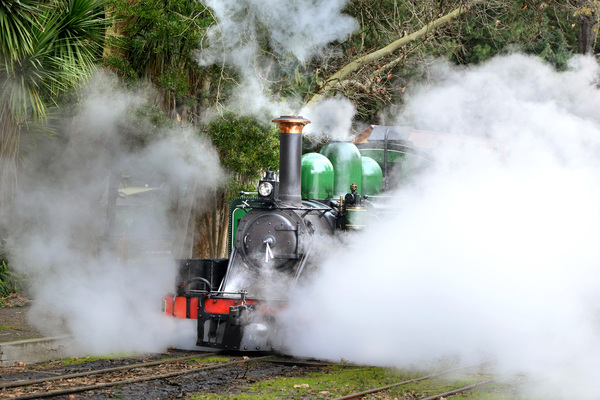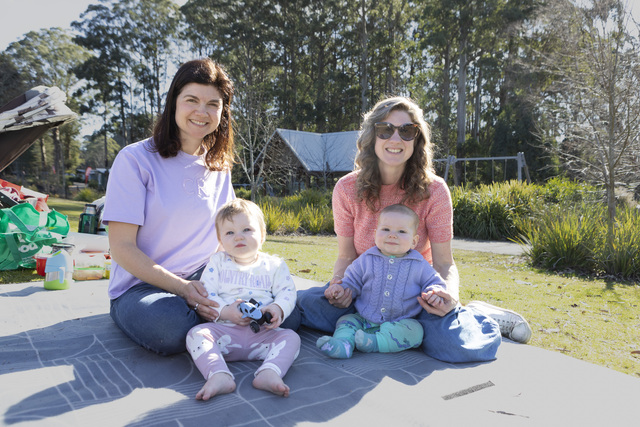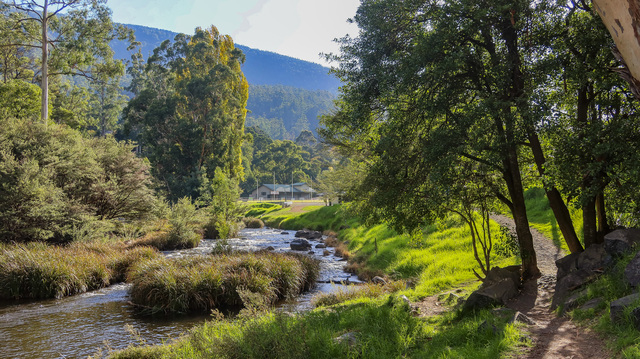By Peter Douglas
There are more reasons to love the Dandenong Ranges than the summer edition of Tourist News can cover.
Though one aspect that is worth exploring is the deep history embedded within all the popular tourist destinations that visitors may come across.
So, when you’re out ‘n’ about exploring this summer, why not consider the following while enjoying an outing in the hills.
Day-trippers: They loved the region even in the early 1900s. When motoring was in its infancy, from about 1913 onwards, the Dandenongs were among Victoria’s most desirable destinations.
Volcano: Geologists have estimated that 300 million years ago a large volcano existed in the region that now goes by the name of Mount Dandenong.
First inhabitants: The Wurrundjeri and Bunurong tribes were believed to have arrived about 20,000 years ago.
Etymology: Aboriginal people originally referred to the hills as ‘Banyenong’, which is thought to have meant ‘bush burned here in the past’. This name is believed to have been the source of the name Dandenong.
Artists: Have long been inspired by the region. One of Australia’s most celebrated impressionist painters Tom Roberts resided at Kallista. Also, author C.J. Dennis is thought to have penned Songs of a Sentimental Bloke at a Kallista property.
The house of Aspro: The eponymously titled Alfred Nicholas Gardens has its origins in one of the world’s most famous medical treatments, Aspro. Alfred and his brother, George, produced Aspro and became incredibly rich. They were known to be extremely generous.
130: The number of recorded bird species in the Dandenong Ranges, along with 31 species of reptiles and nine species of amphibians.
25 October 1938: Was the date of one of the region’s worst tragedies, the Kyeema air disaster. Eighteen passengers were killed in the tragedy, with the aircraft crashing into the western side of Mount Dandenong. The crash triggered the beginning of aircraft traffic control in Australia.
Tribute to soldiers: In 1997, the Thousand Steps became a Kokoda Track memorial. Many local groups, RSL clubs and individuals supported the enormously popular steps. The tribute honours the Australian soldiers who fought on the Kokoda Track in New Guinea during World War II.
180: Workers were involved in the initial construction of the Puffing Billy rail line, which began on 1 August 1899. The railway was completed in just 16 months, with construction costing £74,000.
– Source: The Dandenong Ranges by Nick Anchen







